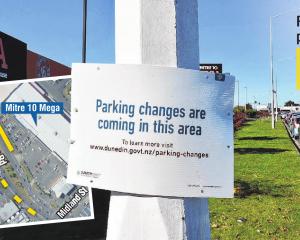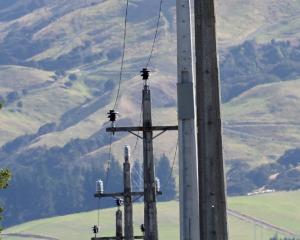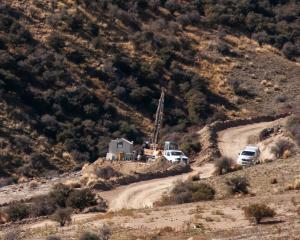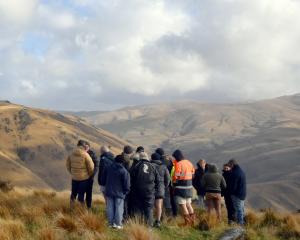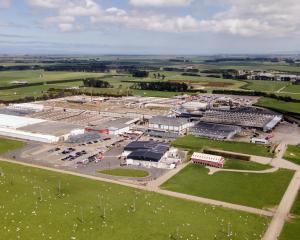For the first time in six years, more than 100,000 New Zealanders are out of work as unemployment eases up 0.4% to 4.6%, within most analysts' expectations.
However, in a surprise move, there was an increase in employment by 0.9%, largely due to an increase in part-time workers, according to Statistics New Zealand's release yesterday of the household labour force survey, covering the quarter to December.
ASB economist Jane Turner said the 0.9% rise in employment "continued to defy expectations", saying the rise was inconsistent with expectations.
"There were widely held expectations that the number employed would decline over the fourth quarter as the credit crunch kicked in, pushing New Zealand further into recession," Ms Turner said.
The unemployment rate went to 4.6% as expected, which was borne out separately by the median estimate in a Dow Jones Newswires poll of 11 economists, and was last at that level above 100,000 in September 2002.
"All these extra job job hunters overwhelmed the supply of jobs and the number of unemployed increased during the fourth quarter," she said.
Ms Turner said a decline in hours worked, down 1.9% on the previous quarter and 2.8% compared to the corresponding period last year, were more consistent with a weakening economy.
"Indeed, it suggests that perhaps rather than shedding head count, the hours worked are being scaled back instead," she said.
However, she cautioned that with a sharp economic downturn, employers were under pressure to reduce costs and cutting employee numbers "will be the next option".
There were jobs lost in the agriculture, manufacturing and construction sectors, while wholesale, retail, trade, business and financial services remained "fairly steady".
The sectors with increasing employment were health, education, transport, storage and communication.
ANZ chief economist Cameron Bagrie said one possible explanation for the drop in hours was that firms were still hoarding labour, but working them a lot less. With total hours tumbling 1.9% and 2.8% lower than a year ago, it fitted with data showing most of the job growth being part-time in nature.
"To some extent, the labour-hoarding story is comforting to a degree, as it implies employers and employees are being very flexible in managing the downturn. Better to work less and still have a job than to join the ranks of the unemployed," Mr Bagrie said.
Westpac senior economist Brendan O'Donovan said he expected job losses to intensify in 2009 because of the growing number of "depressed industries" and expected unemployment would subsequently rise to 6.4% by December, while, for this present quarter, employment would fall 1.5%.
In the December 2007 quarter, the rate had fallen to 3.4%, the lowest since Statistics New Zealand started the survey in 1986, NZPA reported.
In the recent December quarter, employment increased by a seasonally adjusted 21,000, or 0.9%, to 2.19 million - the highest employment level since the survey began.
Most growth came from part-time employment, which grew by 17,000, or 3.5%, with full-time employment up 6000, or 0.3%.
Male employment rose 12,000, or 1.1%, to reach 1.17 million over the December quarter, the highest level recorded since the survey began.
The increase was entirely driven by a 13,000 increase in male part-time employment, while male full-time employment remained flat, Statistics New Zealand said.




